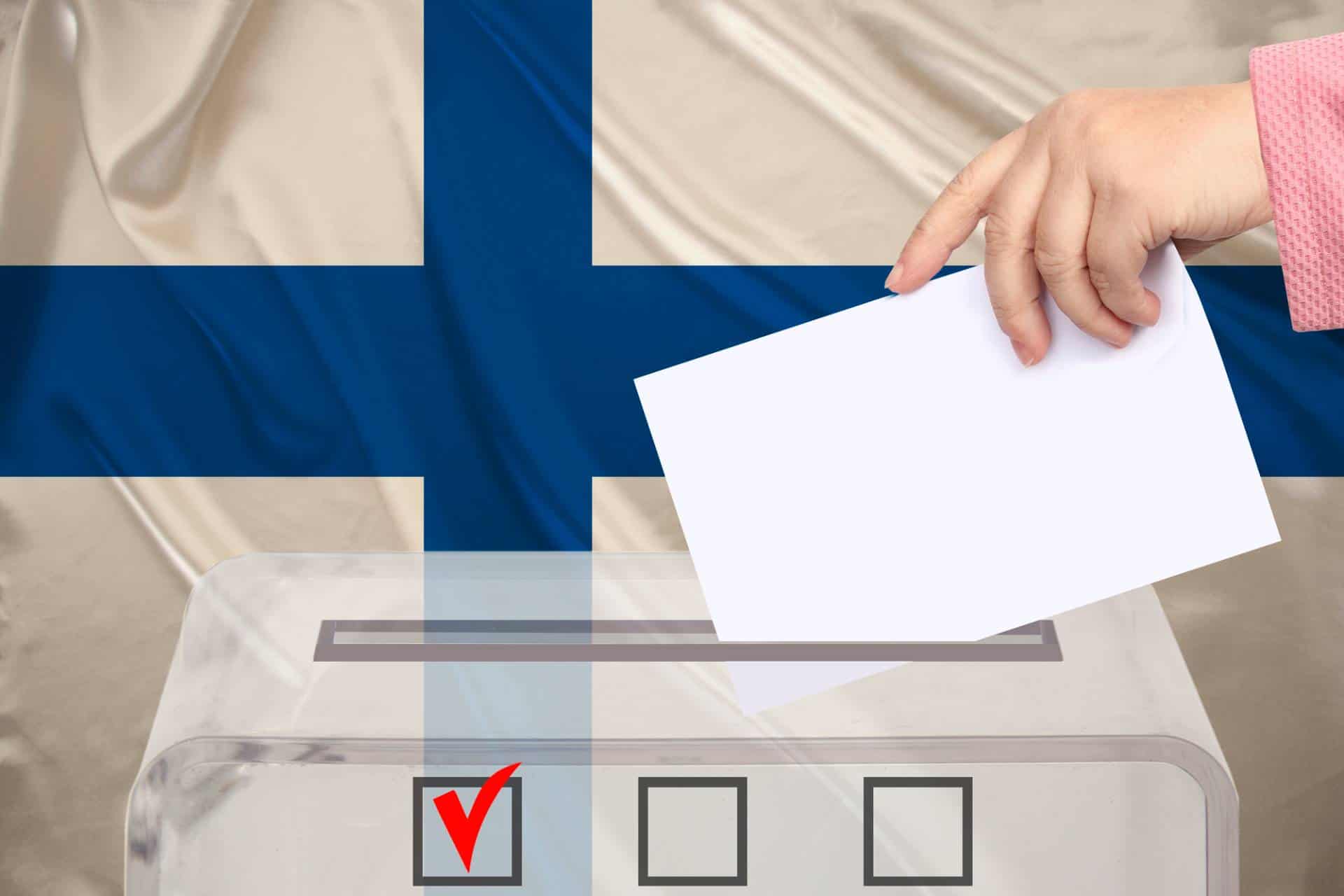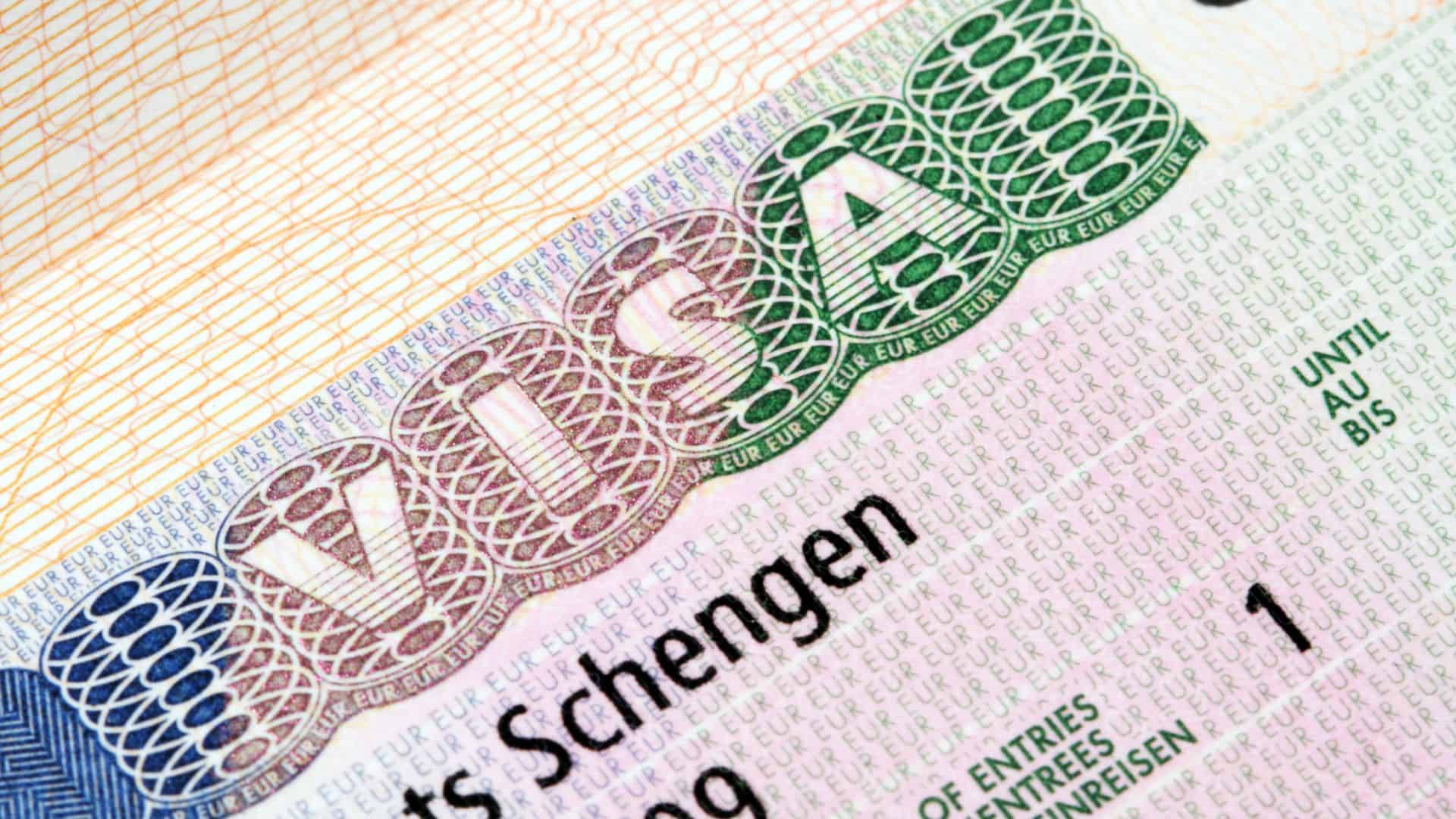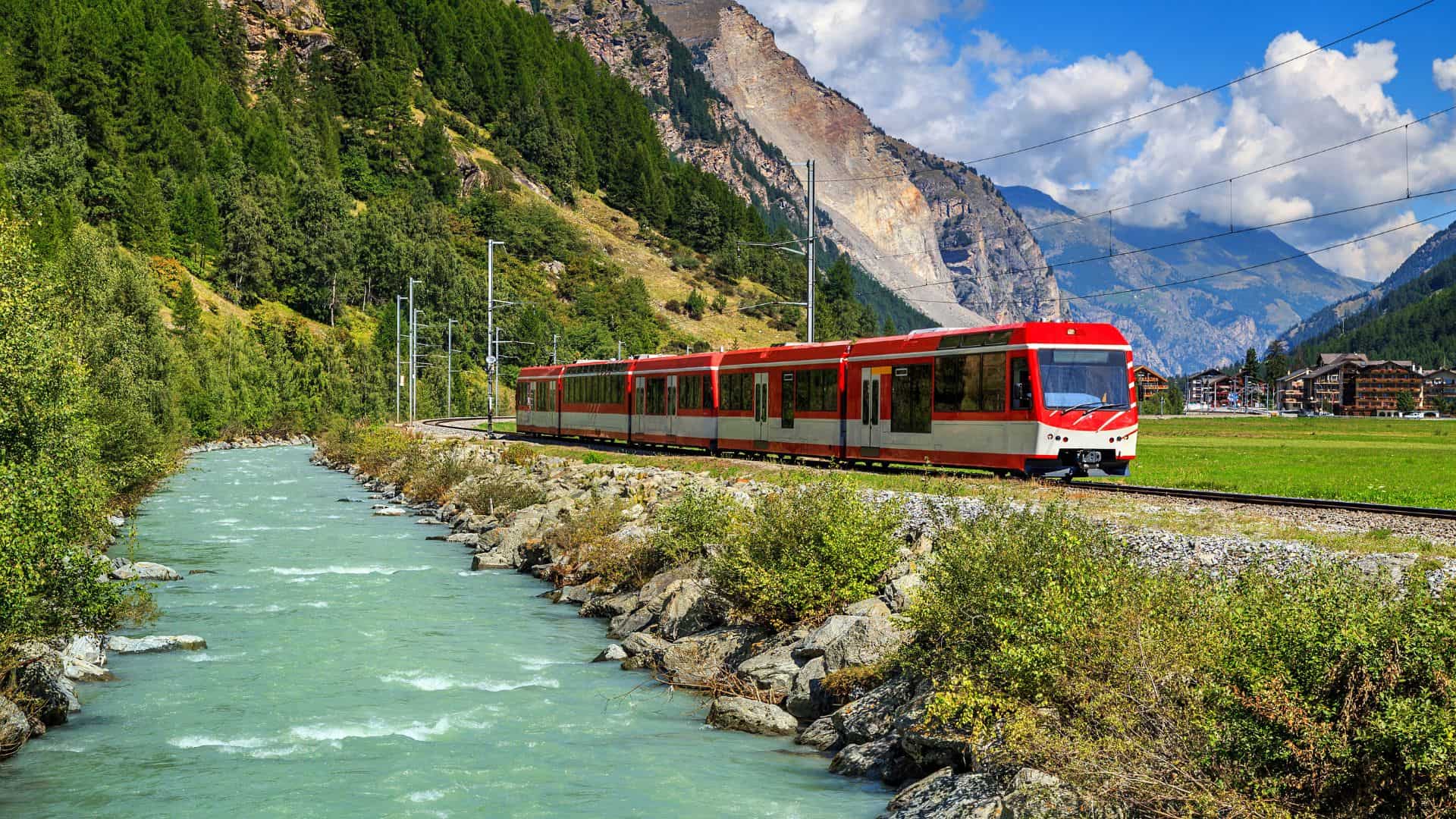
19th Amendment: Women Gain Voting Rights
The struggle for women's suffrage in Europe was a pivotal movement that spanned decades and ultimately led to a significant shift in political and social dynamics. The early 20th century witnessed a wave of activism and advocacy, as women across the continent rallied for their right to vote. Finland blazed the trail in 1906 by becoming the first European country to grant women full suffrage. This historic moment marked the beginning of a broader movement that would gradually spread throughout the continent.
In the ensuing years, several European nations followed suit, each at its own pace and with unique political landscapes. Norway and Denmark extended voting rights to women in 1913 and 1915, respectively. As World War I raged on, the women's suffrage movement gained momentum, with nations like Russia, Germany, Austria, and the Netherlands granting women the right to vote in the years that followed. The aftermath of the war, coupled with the recognition of women's contributions on various fronts, further solidified the demand for equal political participation.
- Finland: 1906
- Norway: 1913
- Denmark: 1915
- Iceland: 1915
- Russia (prior to USSR): 1917
- Germany: 1918
- Austria: 1919
- Netherlands: 1919
- Luxembourg: 1919
- Sweden: 1921
- Estonia: 1918 (as part of Soviet Russia) / 1920 (independent)
- Latvia: 1918 (as part of Soviet Russia) / 1920 (independent)
- Poland: 1918 (as part of Russian Empire) / 1919 (independent)
- Albania: 1920
- Czechoslovakia: 1920
- Turkey: 1930
- Spain: 1931
- Portugal: 1931
- Greece: 1934
- France: 1944
- Italy: 1945
- Yugoslavia: 1945
- Bulgaria: 1945
- Belgium: 1948
- Switzerland: 1971 (for federal elections)
- Liechtenstein: 1984 (for municipal elections) / 1986 (for national elections)
- Andorra: 1970s (exact year unclear)
- San Marino: 1959 (for local elections) / 1960 (for national elections)
- Monaco: 1962
- Malta: 1947
The struggle for suffrage wasn't without its challenges. Activists and suffragettes faced opposition, including resistance from entrenched political establishments and conservative factions. However, their determination and tireless advocacy prevailed. By the mid-20th century, women's suffrage had become a cornerstone of democratic ideals in Europe. The collective efforts of these brave women not only secured the right to vote but also paved the way for greater gender equality and representation in all aspects of public life.
The journey to suffrage for women in the United States was a protracted battle that culminated in the passage of the 19th Amendment in 1920. This constitutional amendment declared that the right of citizens of the United States to vote shall not be denied or abridged by the United States or by any state on account of sex. This monumental decision granted the right to vote to women across the nation, marking a significant milestone in the fight for universal suffrage.
Prior to the nationwide change, the suffrage movement had seen varying degrees of progress at state and local levels. The National American Woman Suffrage Association, one of the leading suffrage organizations, played a crucial role in lobbying for voting rights for women. Their persistent efforts, alongside many other activists and groups, helped to shift public opinion and political stances towards the inclusion of women in the democratic process.
However, the reality of the suffrage amendment in the United States was complicated by racial discrimination. Even after the passage of the 19th Amendment, many women of color, especially black women, continued to face significant barriers to voting. The Voting Rights Act of 1965 was needed to address these injustices by prohibiting racial discrimination in voting, which helped to secure voting rights for all women, regardless of their race.
The struggle to women's voting rights can be traced back to the mid-19th century. The Seneca Falls Convention of 1848 marked the first women's rights convention, which issued a bold demand for women’s suffrage among other rights. This gathering spurred decades of activism and advocacy, setting the stage for the eventual recognition of women’s electoral rights.
Despite the universal language of the 19th Amendment, many states used local laws and practices to prevent women of color from exercising their newly acquired rights. It wasn't until the civil rights movement gained momentum that a more inclusive interpretation of suffrage emerged, leading to the enforcement of voting rights through subsequent legislative and judicial actions.
The National Woman Suffrage Association was another key player in the suffrage movement, founded by such pioneering figures as Susan B. Anthony and Elizabeth Cady Stanton. This organization, along with others, fought not just for voting rights but for a broader equal rights agenda. They argued tirelessly that women should be included as full citizens and voters under the Constitution.
The Library of Congress houses extensive archives that document this rich history of the suffrage movement. These records capture the strategic planning, the political struggles, and the personal stories of those who fought for the right of suffrage, providing invaluable insights into this crucial chapter in American history.
As women gained the right to vote, organizations such as the League of Women Voters were established to help new voters navigate their responsibilities and to continue the fight for equal rights. Founded shortly before the ratification of the 19th Amendment, this organization aimed to educate women on voting procedures and issues at all levels of government.
The journey to suffrage was marked by many challenges, including fatal crashes involving suffragists on campaign trails, hostile confrontations, and lengthy legal battles. These hardships underscored the resilience and determination of suffragists who were committed to securing their basic rights.
The women's suffrage movement in the United States was a long and arduous fight that culminated in the ratification of the 19th Amendment to the U.S. Constitution. This landmark amendment, ratified on August 18, 1920, granted women the right to vote by declaring that the right of citizens of the United States to vote shall not be denied or abridged by the United States or by any state on account of sex. This achievement marked a significant victory in the fight for equal rights and enfranchised millions of women across the nation.
Before the 19th Amendment, women in various states had sporadic voting rights, with some states allowing limited voting on school issues or local elections. However, the national amendment ensured that all states would grant voting rights to women, aligning the United States with several other countries that had already extended suffrage to women. The campaign for women's suffrage was multifaceted, involving grassroots activism, civil disobedience, and nationwide campaigning.
Despite the passage of the 19th Amendment, not all women were able to exercise their newfound rights equally. African American women, especially in the southern states, continued to face discriminatory practices that barred them from voting. Native American women also struggled, as many did not gain citizenship, and therefore the right to vote, until 1924. These injustices highlighted the ongoing disparities within the supposed universal suffrage.
The League of Women Voters was founded in 1920 by leaders of the suffrage movement, such as Carrie Chapman Catt, to help newly enfranchised women exercise their responsibilities as voters. This organization played a crucial role in educating women about their rights and in advocating for continued reforms in voting laws and practices.
Women's suffrage in Puerto Rico followed a different trajectory, influenced by its unique status as a U.S. territory. Puerto Rican women gained the right to vote in 1935, significantly later than their mainland counterparts. This delay highlights the varied landscape of voting rights across American territories and the specific challenges faced by women in different regions.
The passage of the Voting Rights Act of 1965 was another pivotal moment for women of color, as it addressed some of the racial barriers that had prevented them from voting. This legislation was crucial in making the promise of the 19th Amendment a reality for all women, regardless of race, and marked a significant step forward in the civil rights movement.
Throughout the early 20th century, various women's organizations in the country fought not only for voting rights but also for broader gender equality. The National Women's Rights Convention and other similar gatherings provided platforms for voicing grievances and formulating strategies to combat gender discrimination in all facets of society.
Despite these advancements, the struggle for equality in voting rights was marred by violent incidents and fatal crashes that involved suffrage activists. These tragic events underscored the dangers that activists faced and the societal resistance to change.
As women gained the right to vote, they began to exert influence on public policy and government. The enfranchisement of women expanded the electorate and brought women's issues to the forefront of political debates, reshaping the American political landscape.
The history of the woman suffrage movement in the United States is a profound narrative of struggle, resilience, and success. The 19th amendment to the United States Constitution, which officially granted women the right to vote, was passed in 1920 after decades of advocacy and numerous setbacks. This victory was the result of the persistent efforts of countless activists who organized, petitioned, and protested for their rights. Initially, women were denied the right to vote in many states, with some exceptions like voting in school elections, which highlighted the piecemeal approach to women's suffrage prior to the amendment. The National Association of Colored Women and other groups continued to fight for inclusive suffrage, especially for women of color who remained marginalized even after the amendment was passed.
Suffrage movements around the world watched closely as the United States navigated these turbulent waters. The process was fraught with challenges, including fatal crashes during protests, that underscored the high stakes involved in these women's fight for equality. Despite these obstacles, suffrage in 1917 began to gain traction with partial victories, setting the stage for the national recognition of women's voting rights three years later. It was a coalition of 68 women and 32 men at the Seneca Falls Convention that catalyzed this shift, underscoring the gender collaboration necessary to drive such a significant change.
This journey of winning the vote for women reshaped not only the electoral demographics but also the social and political landscape of the nation, proving pivotal in the broader civil rights movements that followed. Now Suffrage in the United States includes women. The suffrage movement in the United States, marked by both its victories and its tragedies, highlights the ongoing struggle for equal rights—a narrative that continues to inspire and drive societal progress today.










